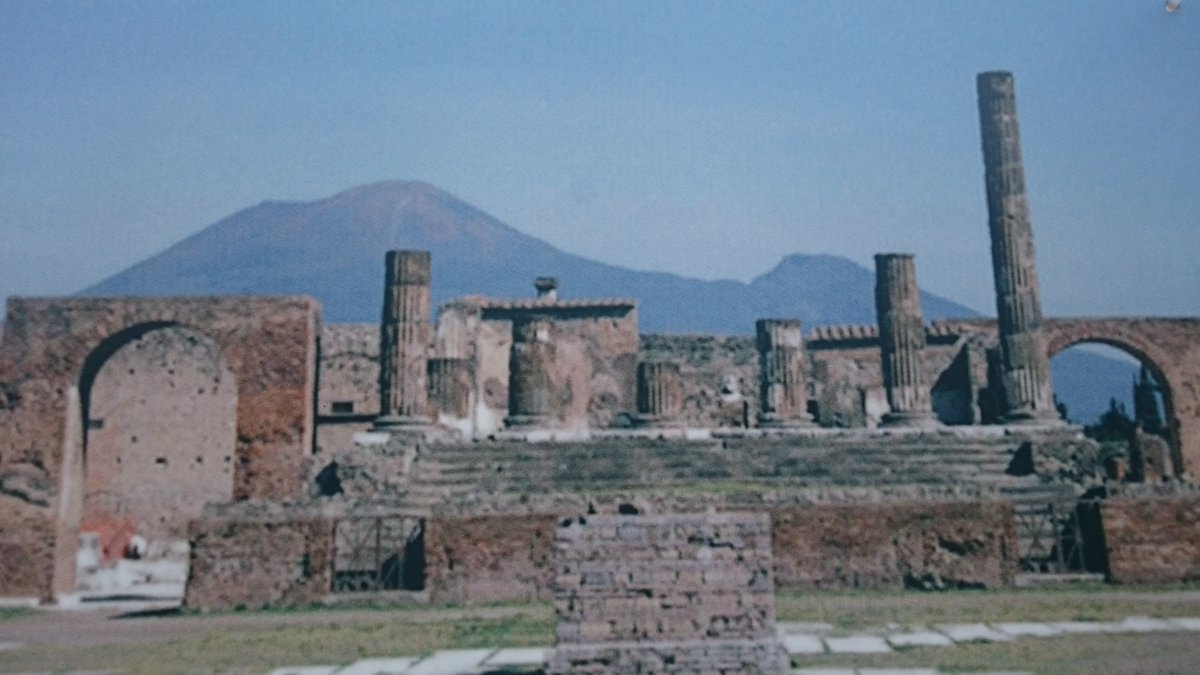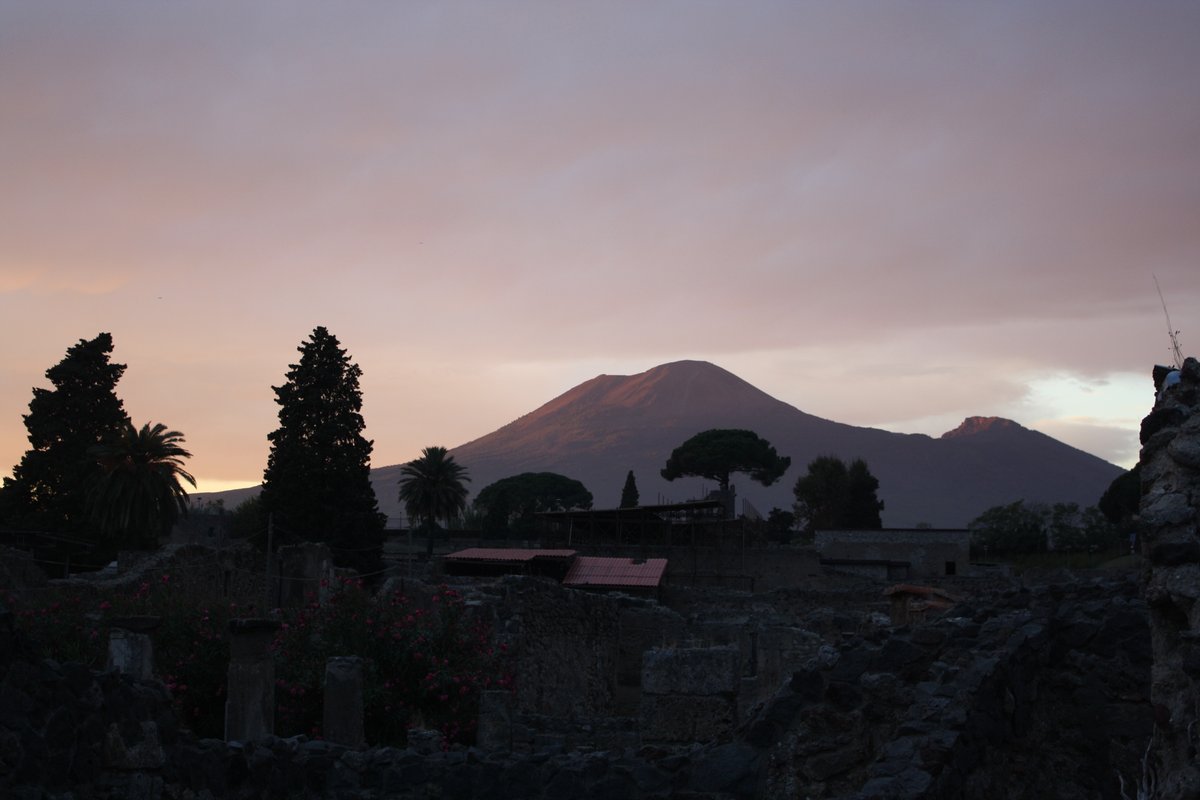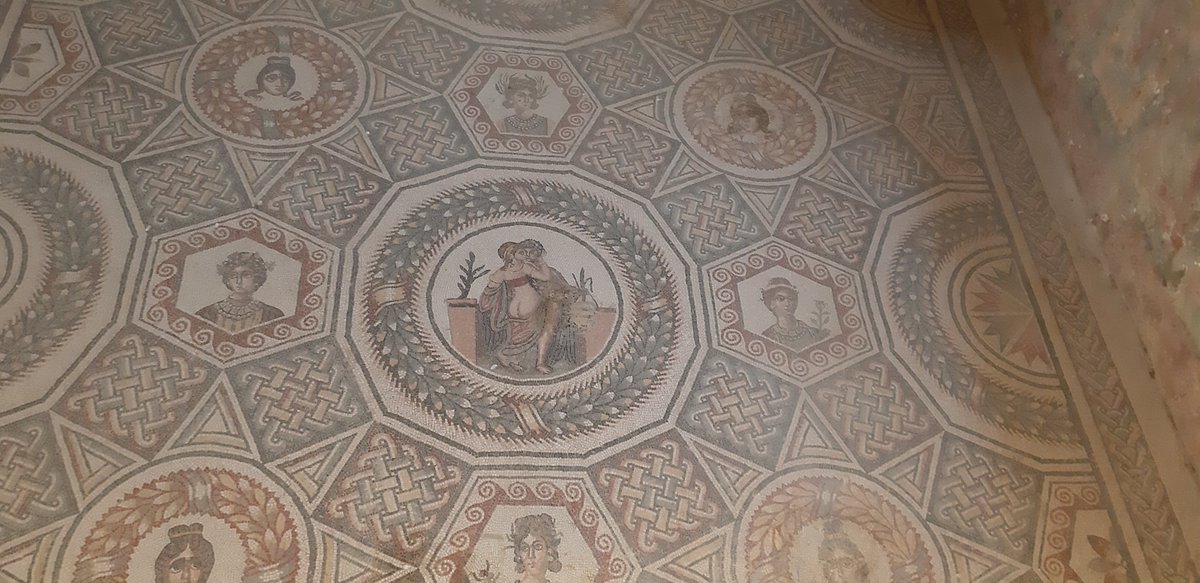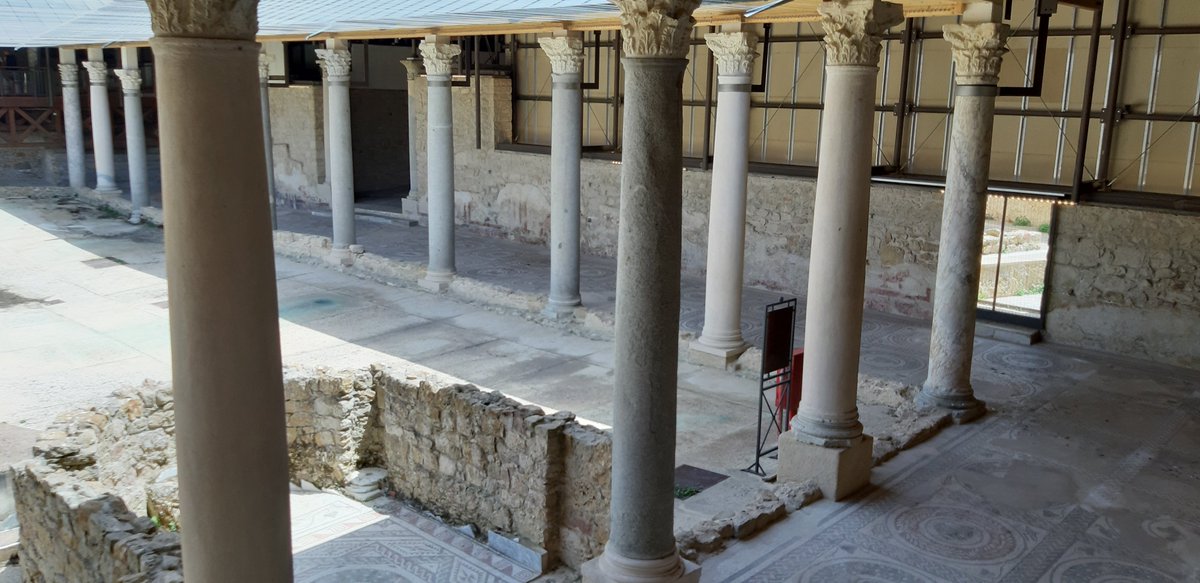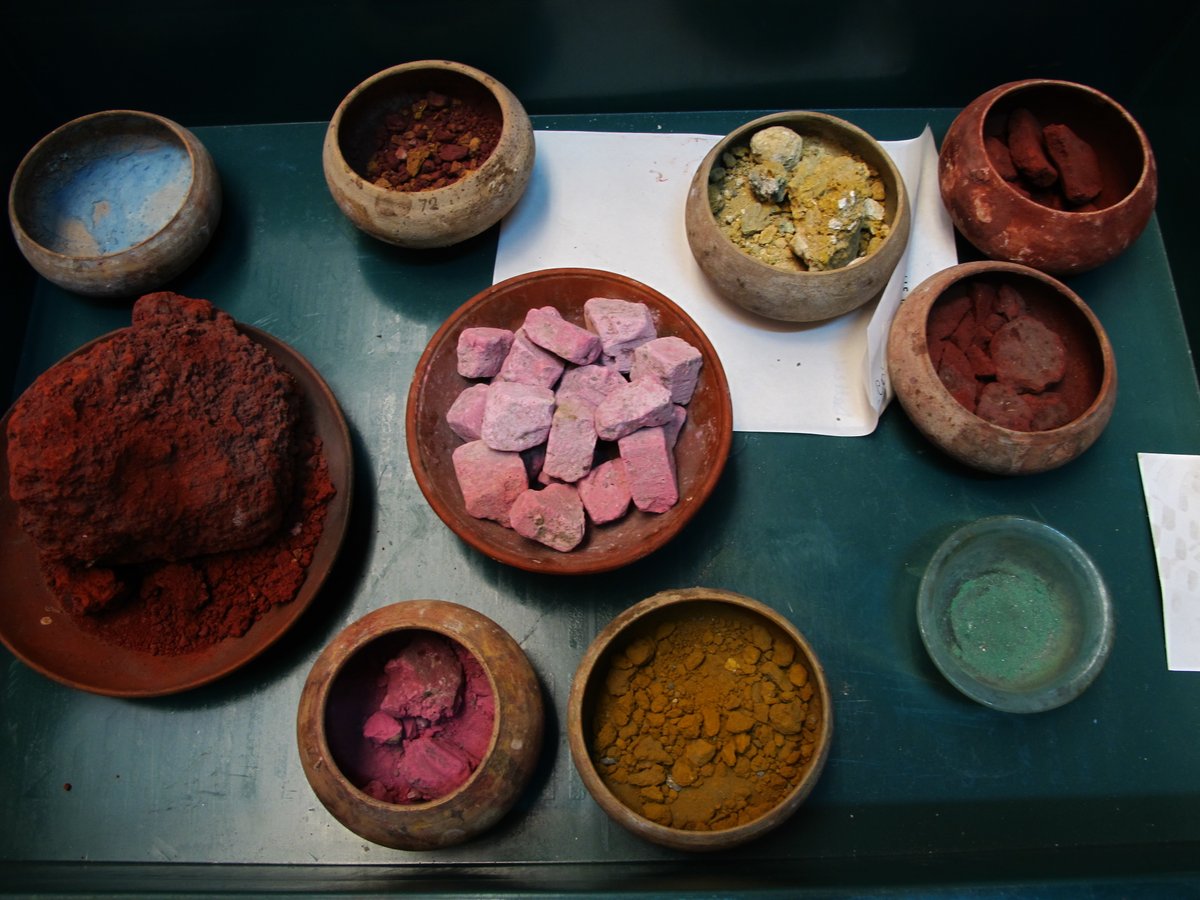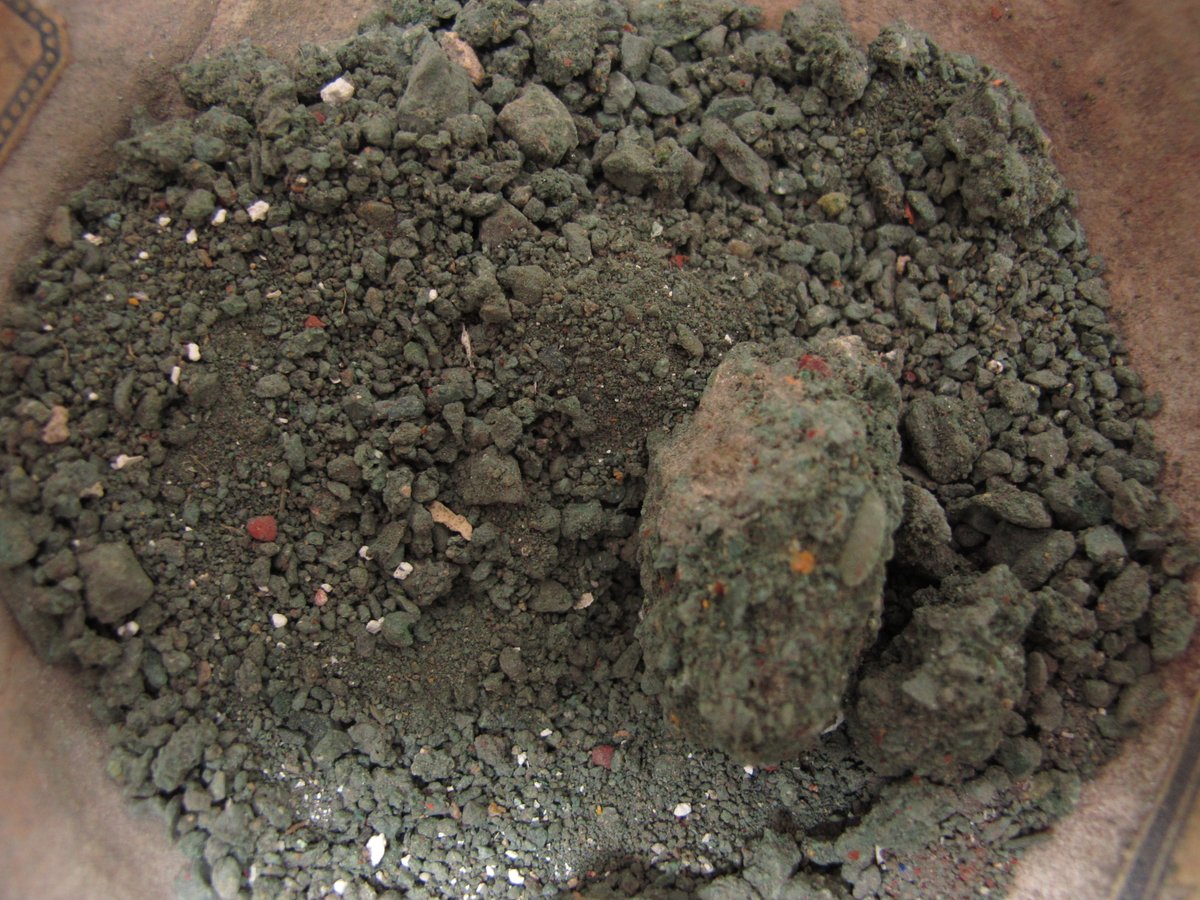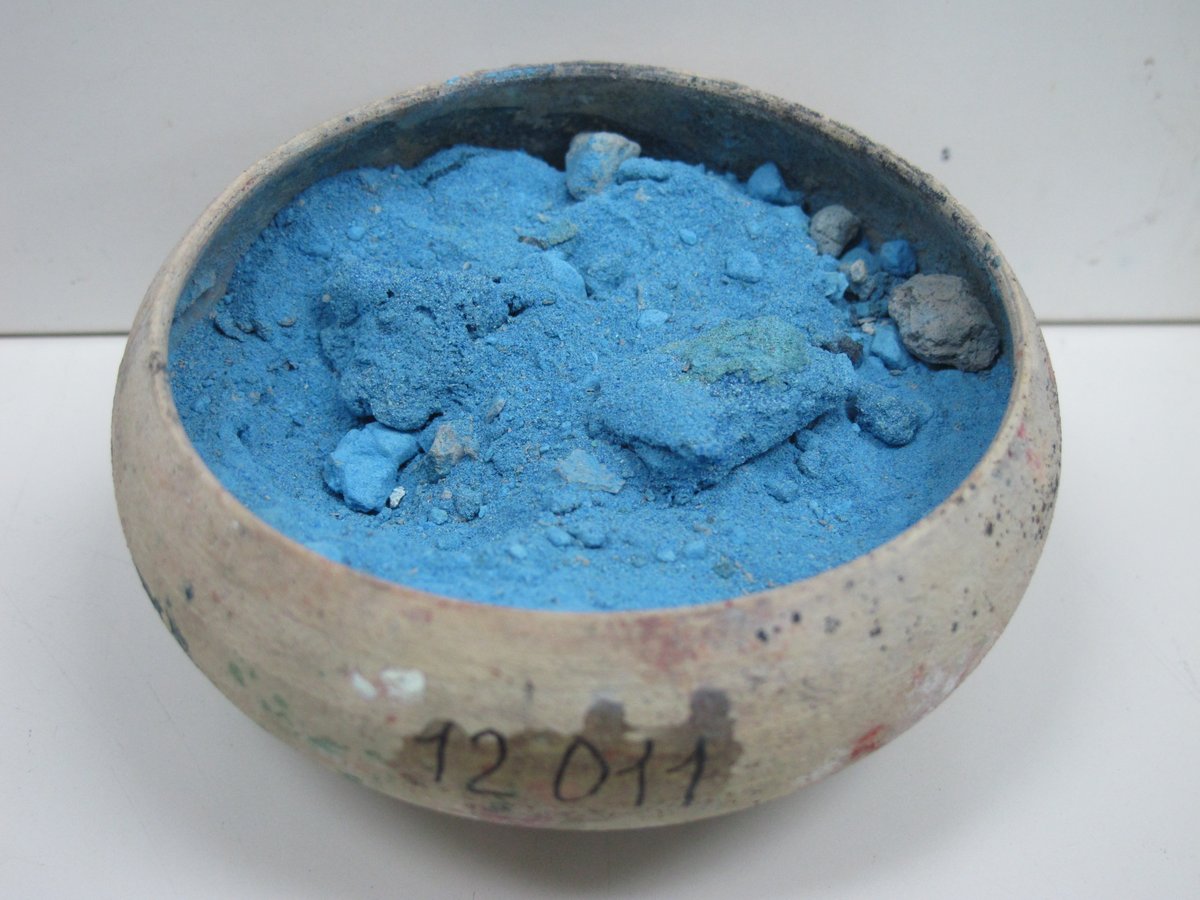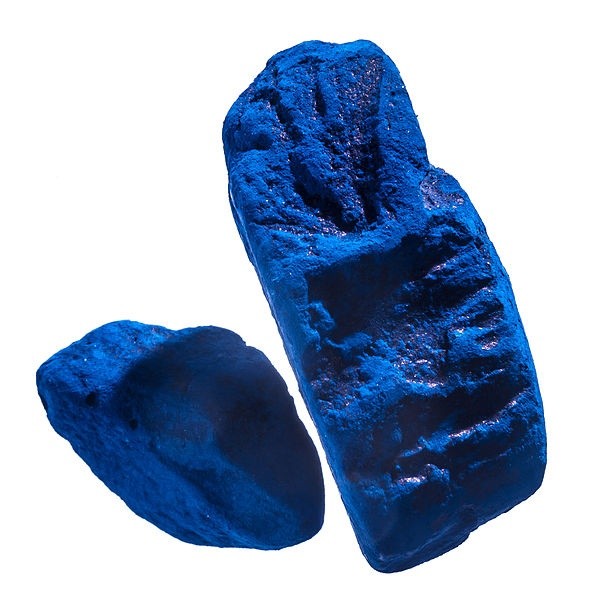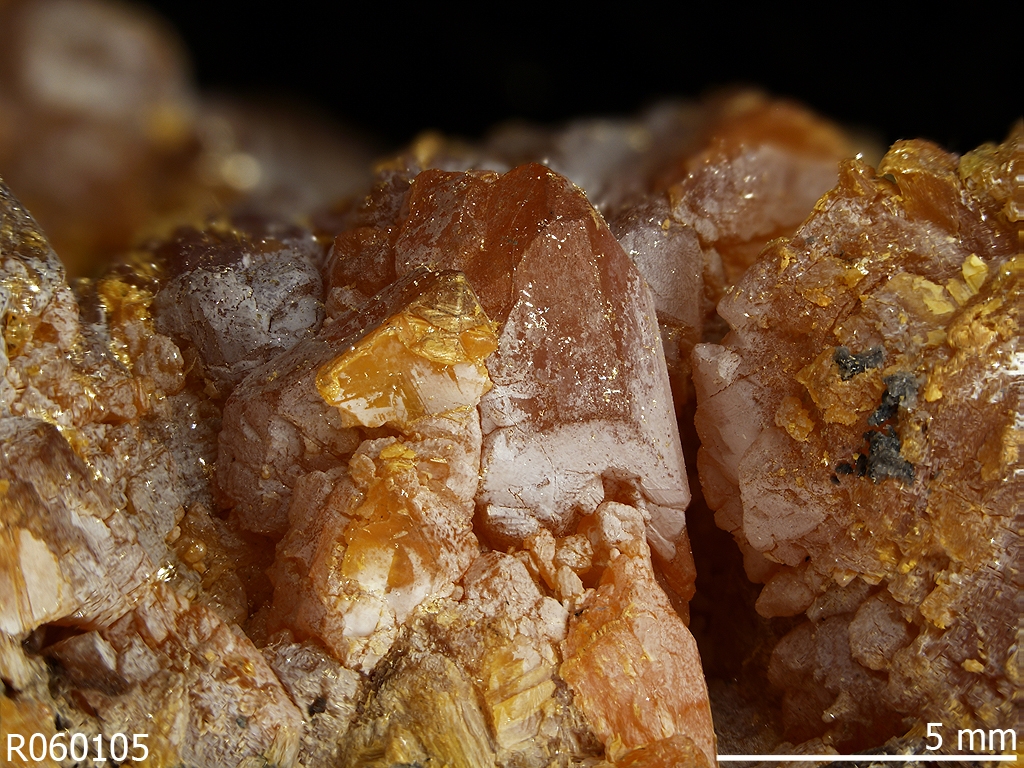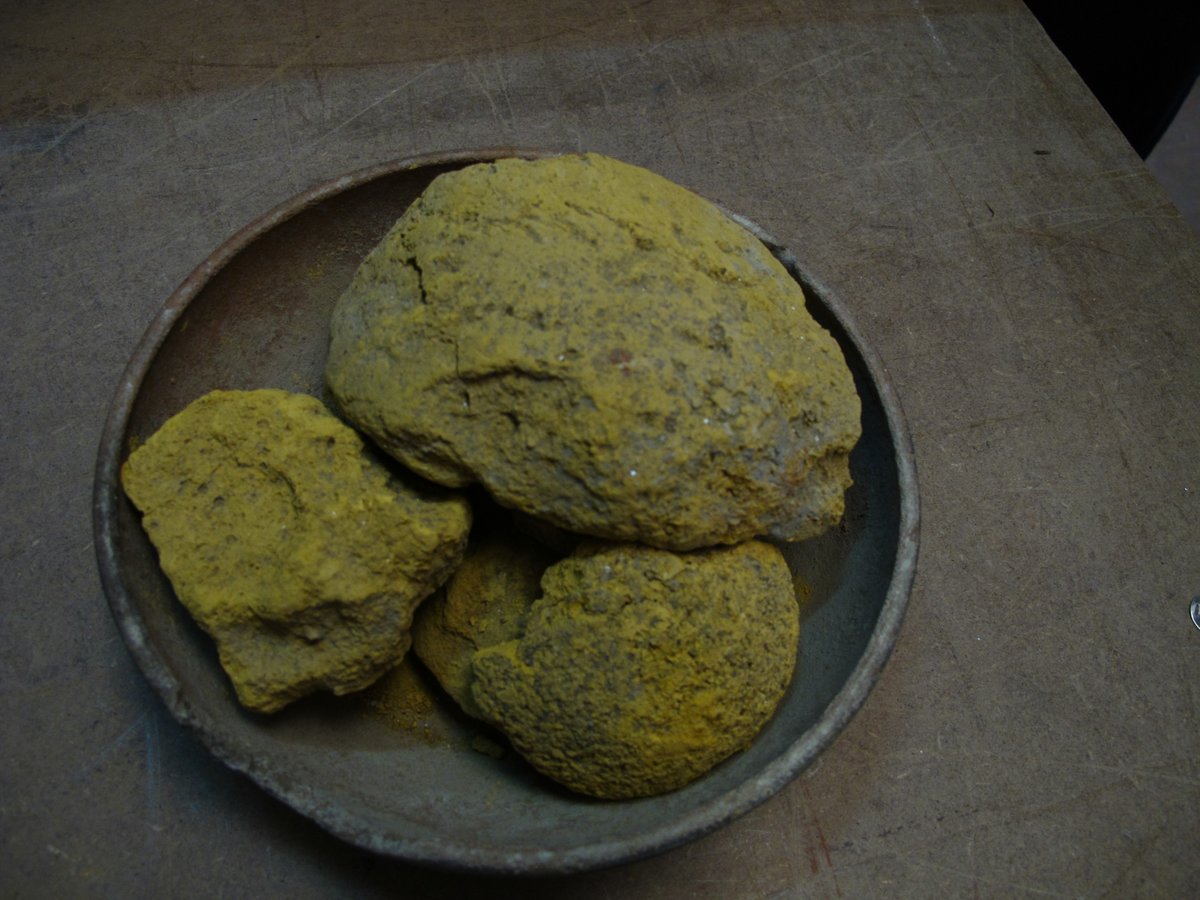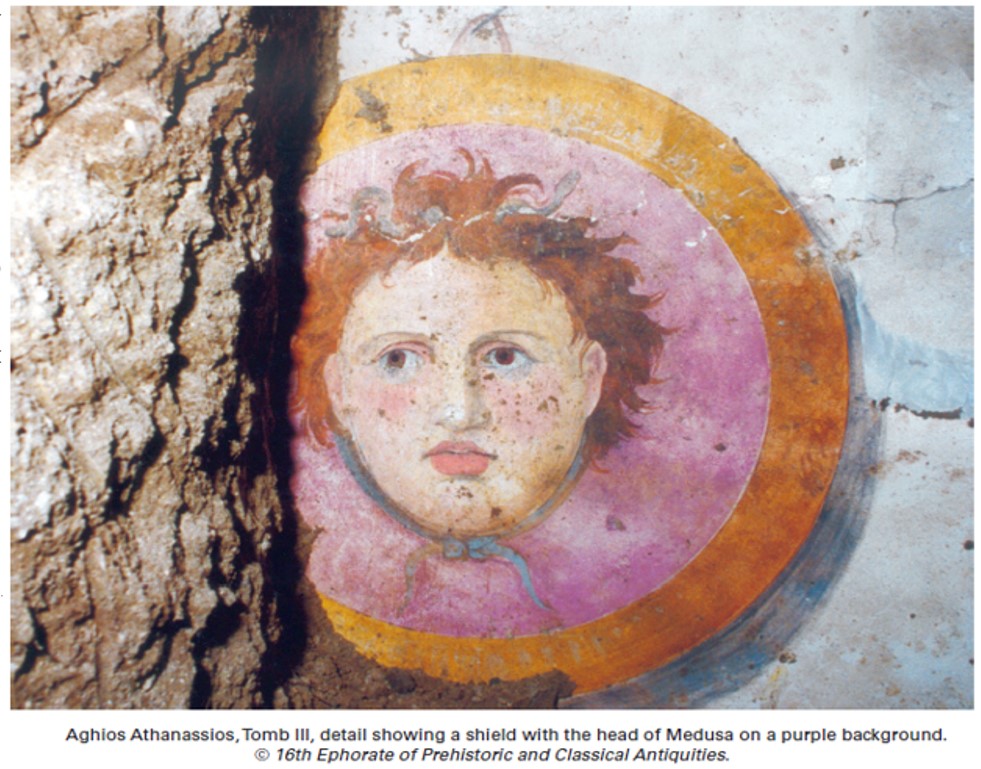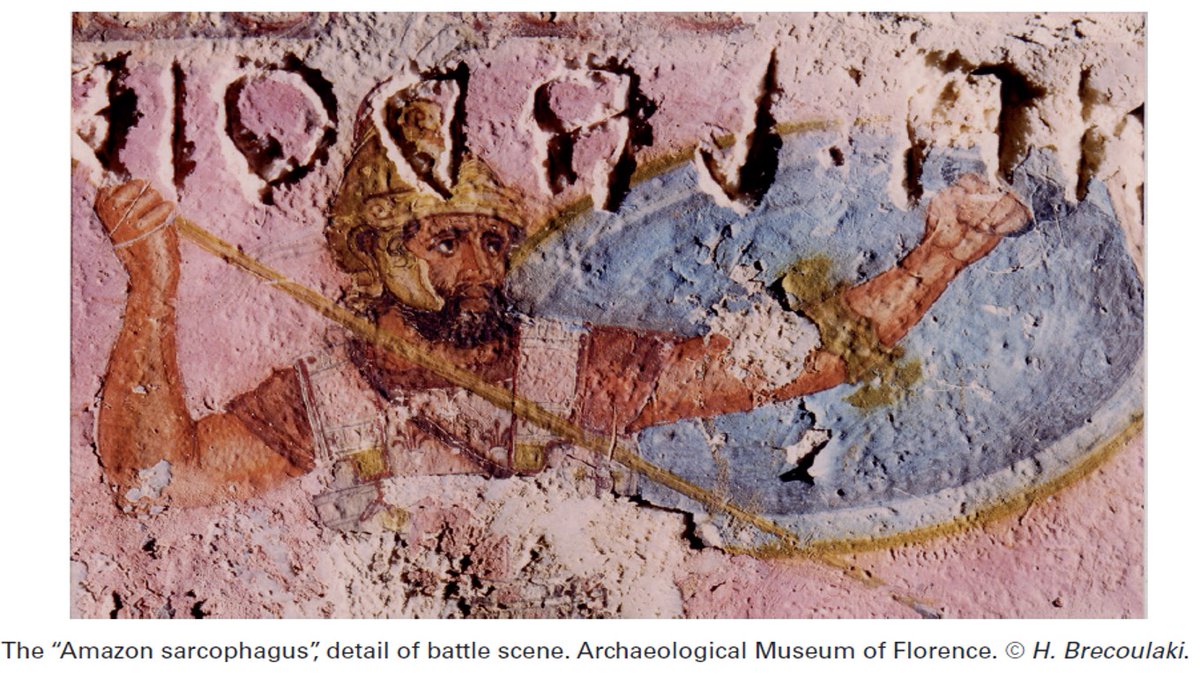
Hoy os invito a hacer zoom en las pinturas murales de @pompeii_sites a través de fotografías de luz rasante y detalles que nunca pensasteis que podríais ver tan de cerca.
🎓📸 Tesis doctoral de Eduardo J. Millán Sañudo (Universidad de Sevilla).

🎓📸 Tesis doctoral de Eduardo J. Millán Sañudo (Universidad de Sevilla).


Parece probable que la técnica predominante en @pompeii_sites fuera la pintura al fresco, que conlleva el trabajo sobre un mortero de cal húmedo. Sin embargo, como veremos en este #hilo, parte de las decoraciones se realizaron con una técnica diferente.
https://twitter.com/cinnabarim/status/1264580762935984130
En numerosos ejemplos se observa una capa de color de fondo que permanece intacta cuando parte de una decoración se desprende. Esto es debido a que esa capa superior está fijada con un aglutinante que no es parte de la pared, al contrario que en la pintura al fresco. 





Esto conllevaría una aplicación de pintura en “secco”, es decir, con el mortero del fondo ya seco. Esta técnica habría permitido realizar decoraciones con más detalles que los que permite la inmediatez del fresco. 





Aquí vemos otro ejemplo de la superposición de las dos capas, esta vez en el Sacrificio de Ifigenia de la Casa del Poeta Trágico. En las fotografías de detalle se aprecian el grosor de la capa al “secco” y las pinceladas del pintor. 





Las fotografías de luz rasante nos permiten detectar fácilmente estas capas al “secco”, aplicadas como empastos y cuyo relieve sobresale de la superficie pulida de la pintura al fresco del fondo. 



Por otro lado, la luz rasante también desenmascara los desniveles en las pinturas murales, que suelen estar relacionadas con una ejecución anterior o posterior del panel principal figurativo, en el que trabajaba un pintor diferente al que hacía los fondos. 





En ocasiones, se reutilizaban paneles de estilos pictóricos anteriores a la hora de renovar los fondos y se reinsertaban una vez terminados. Este pudo ser el caso del tablinum de la Casa de Marcus Lucretius (Regio IX, 3, 5).
https://twitter.com/cinnabarim/status/1271822059664965632
Además, las fotografías de luz rasante nos permiten apreciar otros detalles muy curiosos, que apuntan al empleo de la técnica del fresco sobre los fondos: huellas de dedos y posibles marcas de uñas. 





Este tipo de marcas también se hacían de manera consciente en el enlucido húmedo para que sirvieran como guía de composiciones geométricas, como las paredes del 4º estilo de la habitación I de la Casa de Amorini Dorati.

https://twitter.com/pompei79/status/531509650748100608

Para ir terminando este #hilo vamos a mencionar otras dos curiosidades. La primera está relacionada con algo de lo que ya hablamos en otros hilos: el arranque de los paneles figurativos para su conservación en @MANNapoli.
https://twitter.com/cinnabarim/status/1256632546051399680
En el caso de la Praedia di Giulia Felice, se consideró que toda la pared era merecedora de ser conservada, por lo que fue dividida en secciones regulares (que se aprecian aún en la fotografía), arrancada y dispuesta sobre un nuevo soporte. 

Por otro lado, para tratar de conservar las pinturas in situ se desarrollaron y ensayaron diversos tipos de ceras y barnices. Generalmente, los paneles centrales recibían mayor interés y más cantidad de cera, lo que da lugar a estos cambios de color. 





Y aquí finaliza este #hilo, basado en el trabajo de la tesis doctoral del Dr. Eduardo J. Millán Sañudo sobre la técnica de la pintura mural en @pompeii_sites, al que pertenecen todas las fotografías.
idus.us.es/handle/11441/2…?
idus.us.es/handle/11441/2…?
Here you have the English version of this #thread:
https://twitter.com/cinnabarim/status/1325482624761155584
• • •
Missing some Tweet in this thread? You can try to
force a refresh






